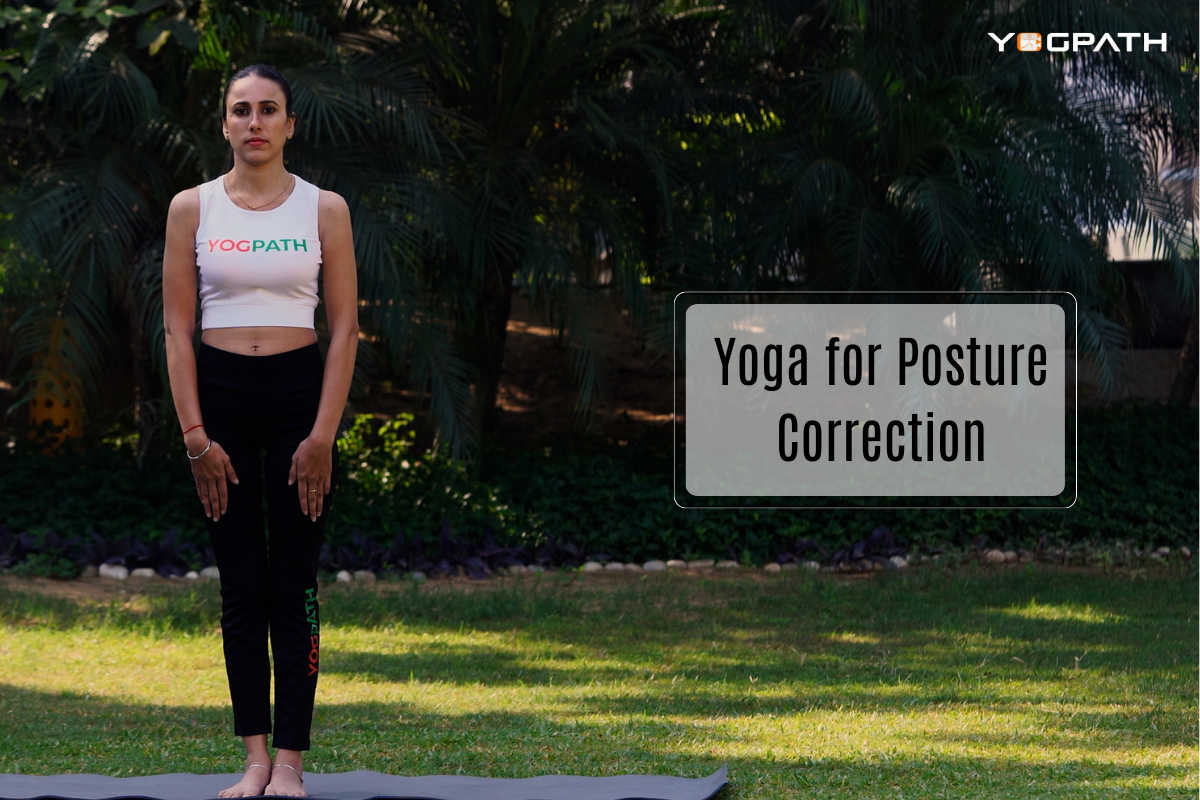
Yoga Stimulates Weight Loss
Yoga is practised by the majority of people in order to enhance their flexibility and balance, decrease stress, and lessen aches and pains. But yoga also has the potential to assist your customers in their weight loss efforts.
Yoga may not burn as many calories as cardiovascular exercise in general, but it does have a favourable effect on the mental factors that are involved with successfully losing weight and maintaining a healthy weight.
According to multiple publications that were published in weight reduction, yoga may promote bodily awareness, counter negative, self-judging attitudes connected to eating patterns, and build a feeling of self-control. All of these benefits can be attributed to yoga. It is not known what the precise process is that causes weight reduction, but it is likely a mix of the mental advantages obtained through relaxed breathing and focused meditation, as well as the physical benefits derived from the poses themselves.
Outside of class, yoga practitioners who also engage in the practice of yoga philosophy, such as the Eight Limbs of Yoga, may find that a concentration on honesty, contentment, and “letting go” is beneficial to their overall yoga practice. Twists, which help digestion, standing poses, which build bigger muscle groups, and forward bends, which stimulate abdominal organs and the thyroid gland are all examples of physical postures that are connected with weight reduction.
The Findings of the Studies
Over the course of many years, 15,550 people between the ages of 53 and 57 participated in a comprehensive public health research that examined their level of physical activity, including yoga, as well as their weight change. Yoga practice that lasted for at least four years was related with a reduction of 18.5 pounds in weight gain for individuals who were overweight and a reduction of 3 pounds in weight gain for participants who were of normal weight (BMI of less than 25). A decrease in the rate of weight gain associated with ageing was found to be connected with regular yoga practise, particularly in already overweight individuals.
Recent years have seen the introduction of yoga into treatment plans for eating disorders as well as weight control for obese patients. In a small randomised study of yoga for obese women, those who practised yoga for 16 weeks had significantly decreased body weight, body fat percentage, BMI, waist circumference, and visceral fat area compared with those who didn’t exercise at all. This was in comparison to those who didn’t do any form of physical activity. 2
Other researchers looked at the personal diaries of twenty obese women who suffered from binge eating disorder and were participating in a yoga therapy programme lasting twelve weeks. The findings of the qualitative study revealed that the women’s opinions about eating had improved as a result of the programme. Their notes in their journals revealed that the yoga programme produced a sense of physical self-empowerment, supported a healthy reconnection with dietary patterns, and nurtured awareness of both the self and the current moment.
During the course of the programme, individuals cut back on the amount of food they consumed, slowed their eating pace, and made better meal choices. Better eating habits were noted as a direct result of the women generally reporting feeling “more connected and happy about their physical well-being.”
Different Types of Yoga That Burn Fat
For individuals who may have stress injuries from high-impact sports such as running, or for those who are trying to add variation to their fitness regimen, some styles of yoga can serve as low-impact alternatives to cardiorespiratory exercise. Athletes and active clients may enjoy Ashtanga or Bikram yoga, which involve a progressive series of poses designed to generate internal heat and a purifying sweat, and Vinyasa yoga, which involves a faster-paced flowing series of yoga poses.
Both of these styles of yoga are practised in a room that is heated. In addition, participants can perform sun salutations, which is a sequence of 12 positions that can raise the heart rate as well as the breathing rate to the higher end of the participant’s goal heart rate range. A study that looked at the amount of energy that people burned while doing sun salutations found that performing the series of poses for thirty minutes resulted in a cardiorespiratory training effect as well as an energy expenditure of 230 kcal; this is enough to burn off the calories that one would get from eating a candy bar.
Clients who are overweight or obese may experience feelings of embarrassment or discouragement while attending lessons alongside individuals who are fit. For several positions, for instance, adjustments need to be made for customers who are heavier. And while yoga teachers are taught to provide modifications for beginners as well as people who are less flexible, the modifications that are necessary for larger people take a different form due to differences in anatomy as well as range of motion limitations brought on by size rather than by a lack of flexibility.











